
HOSTS- Jeremy Burns, Matthew Scott Phillips
TYPE- Theory
DURATION- 80:09
BUMPER MUSIC- "9th Heaven" (Area 47 Music)
ANNOUNCER- Mike Cunliffe
Dive with us, face first, into chromaticism with this discussion on extended and altered chords. We will make sure we're well acquainted with the concept of suspended ("sus") chords and added ("add") chords. This will prepare us for an ongoing exploration of altered chords. We will also compare the use of these chords, in classical theory, to their rolls in the jazz and pop music genres!
-So far, we've learned about suspensions as NON CHORD TONES (NCT's). This is true. However, in classical music, these NCT's are expected to resolve. Below, we have a 4-3 suspension. From the bottom up, we have the notes:
Note names: A - D - E - A
Chord tones: 1 - 4 - 5 - 1
-Three of these notes (A, E, A) belong to the A major chord. This D note, however, is a 4th up from the root of this chord (4 of the chord). Though not a member of the A major chord, this note is "suspended" for a couple of beats, before resolving down to the C# (3 of the chord) in the full A major chord that follows.
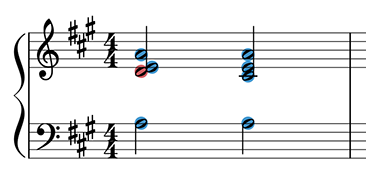
-In jazz and pop music, this chord can stand on it's own. Notice, this A major chord below just sits there. It's 3rd (C#) has been replaced by the D note (4 of the chord). And that's okay. We'll just call it an "Asus4" chord or an "A4" chord.
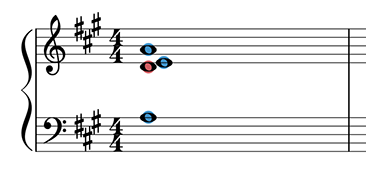
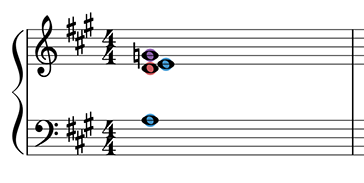
-We could've easily built this chord off of a MAJOR 7 chord. Below, we have an AM7sus (major/major) chord. From the bottom up, we have the following notes:
Note names: A - D - E - G#
Chord tones: 1 - 4 - 5 - 7
The only difference is that G note is now a G#, as it would normally be in A major.
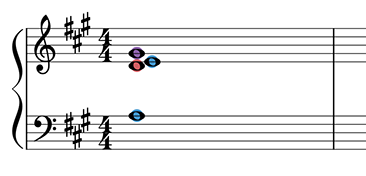
-Other chord tones can be suspended as well. Below, we have an Asus2 chord. From the bottom up, we have the following notes:
Note names: A - B - E - A
Chord tones: 1 - 2 - 5 - 1
-In this chord, the B (2 of the chord) takes the place of what would be the C# (3 of the chord).
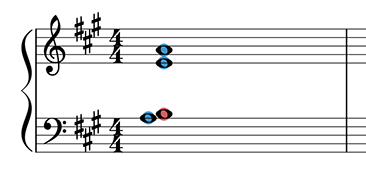
-At first glance, we have the very same notes from the above Asus2 chord but in a different order. From the bottom up, we have the following notes:
Note names: A - A - B - E
Chord tones: 1 - 1 - 2 - 5
-In this chord, the B (2 of the chord) still takes the place of what would be the C# (3 of the chord). However, this occurs beyond an octave of the root of the chord (A). Now this is B (9 of the chord). So, instead of a sus2 chord, it is now a sus9 chord.
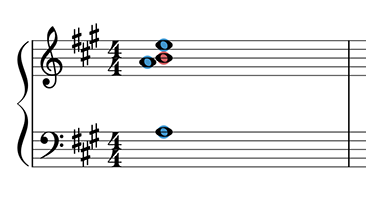
-These chords can happen in MAJOR and MINOR. In the case of sus4 and sus2, they will be the same chords (in major and minor) because they are replacing the 3rd, by which the major or minor qualities are determined.
-The "add" chords are a bit different. Where a "sus" chord is replacing a chord tone, the added tone in an "add" chord is there along with all other chord tones. Below, we have a Cadd2 chord. From the bottom up, we have the following notes:
Note names: C- D - E - G
Chord tones: 1 - 2 - 3 - 5
This is a C major triad with an added D note (2 of the chord). As a reminder, where using "2 of the chord" to indicate that this note is a 2nd up from the root of the chord (not always scale degree 1).
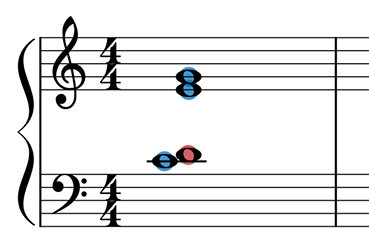
-Now we have moved this D note (2 of the chord) up an octave. It is now the 9 of the chord. Below, we have a Cadd9 chord. From the bottom up, we have the following notes:
Note names: C- E - G - D
Chord tones: 1 - 3 - 5 - 9
This is a C major triad with an added D note (9 of the chord).
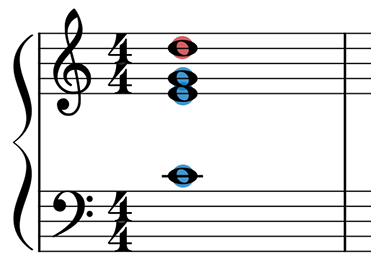
-This same technique can be applied to major and minor chords. It can be applied to all manor of 7th chords. Just remember the following distinctions between the "add" tones and their octave counterparts:
-Add2 + 1 OCTAVE = Add9
-Add4 + 1 OCTAVE = Add11
-Add6 + 1 OCTAVE = Add13
We need not fuss with 10th, 12th or 15th chords because these tones are already present in any triad, major or minor.
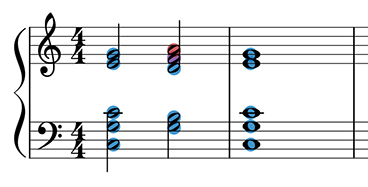
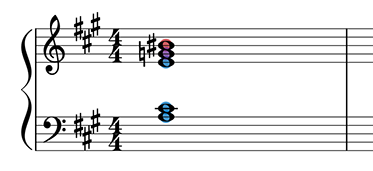
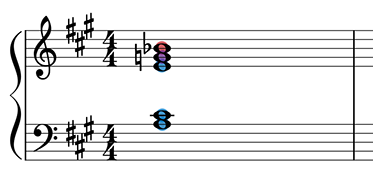
“Altered Chords” by Michael New on YouTube
“#83-How To Use Altered Extended Chords” by Piano Lesson With Warren S. on YouTube
